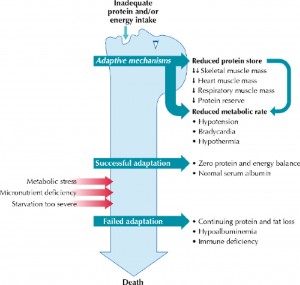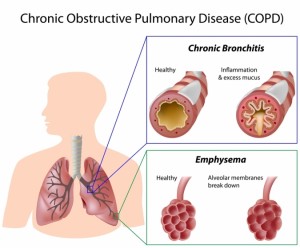Photographs capture increased rates of tooth decay. Even more startling, they show the change in facial development that occurred with modernization. Parents who began to consume less of the traditional foods gave birth to children with narrower faces, crowded teeth and pinched nostrils. The photographs from his work clearly demonstrate that the foods of modern commerce do not provide sufficient nutrients to allow the body to reach its full genetic potential. 
He found that insufficient nutrition prevented the complete growth and development of bones in the body and the head as well as the fullest expressions of the immune, nervous, digestive and reproductive systems, which allow humankind to function at optimal levels. Dr. Price’s work confirmed that the root cause of any physical malformation, degeneration, illness or disease is directly a result of malnutrition. All modern diseases are different manifestations of specific traditional whole foods missing from a person’s diet.
To many modern day Americans, a dental cavity represents an extreme nuisance — a reason to visit our dreaded dentist who will remind us to floss every day, brush our teeth for five minutes longer and choose sugarless gum, despite the fact that most sugarless gum contains aspartame, a very potent ant poison. Bottom line: a dental cavity is a symptom of poor nutrition. Symptoms are important because they are the body’s excellent signals that it is not receiving sufficient nutritional value from previous and current food sources.
The dashboard of our modern day automobiles have a check engine light to indicate when there’s a problem. When it suddenly illuminates, do you simply turn off the light, ignore inspecting the engine and hope to continue driving without a problem ever developing? Typically, when the light turns on, we hire a mechanic to resolve any underlying issue in order to avoid engine failure. Not resolving the root cause could end up quite costly to fix or lead to irreparable damage.
Filling a cavity is merely turning off the check engine light. This suppression of the symptom allows other health issues to develop. Dr. Price found that while the fillings help prevent excruciating pain, it does not prevent new cavities from forming, which is why he explored the deeper causes of tooth decay.
Holistic health care practitioners understand the value of whole food nutrition in supporting the healing body’s ability to regenerate. They assess the health of every organ and work with their patients to restore the organs to optimal performance. True physical mechanics, holistic health care practitioners, identify the source of problems under the hoods of our bodies.
You want to order viagra but do not know where? We recommend one of the best pharmacies in Canada – www.hqcanadianpharmacy.com!